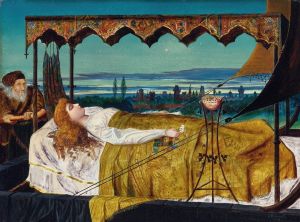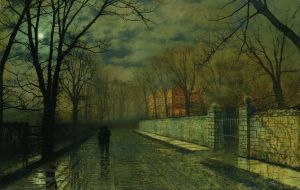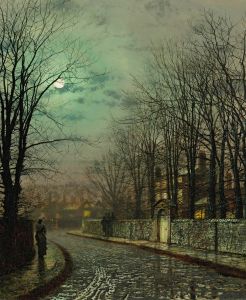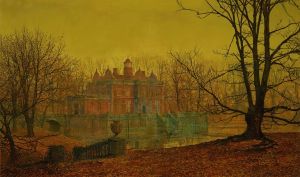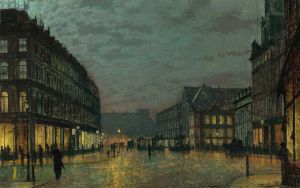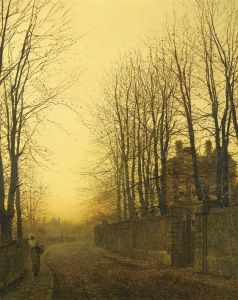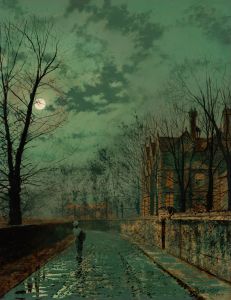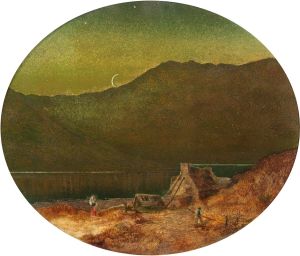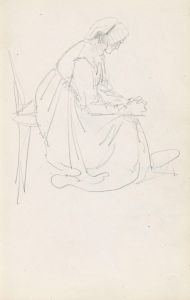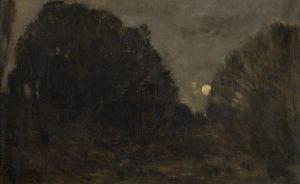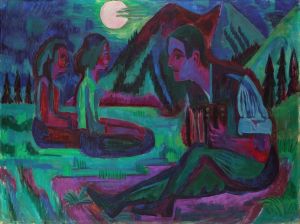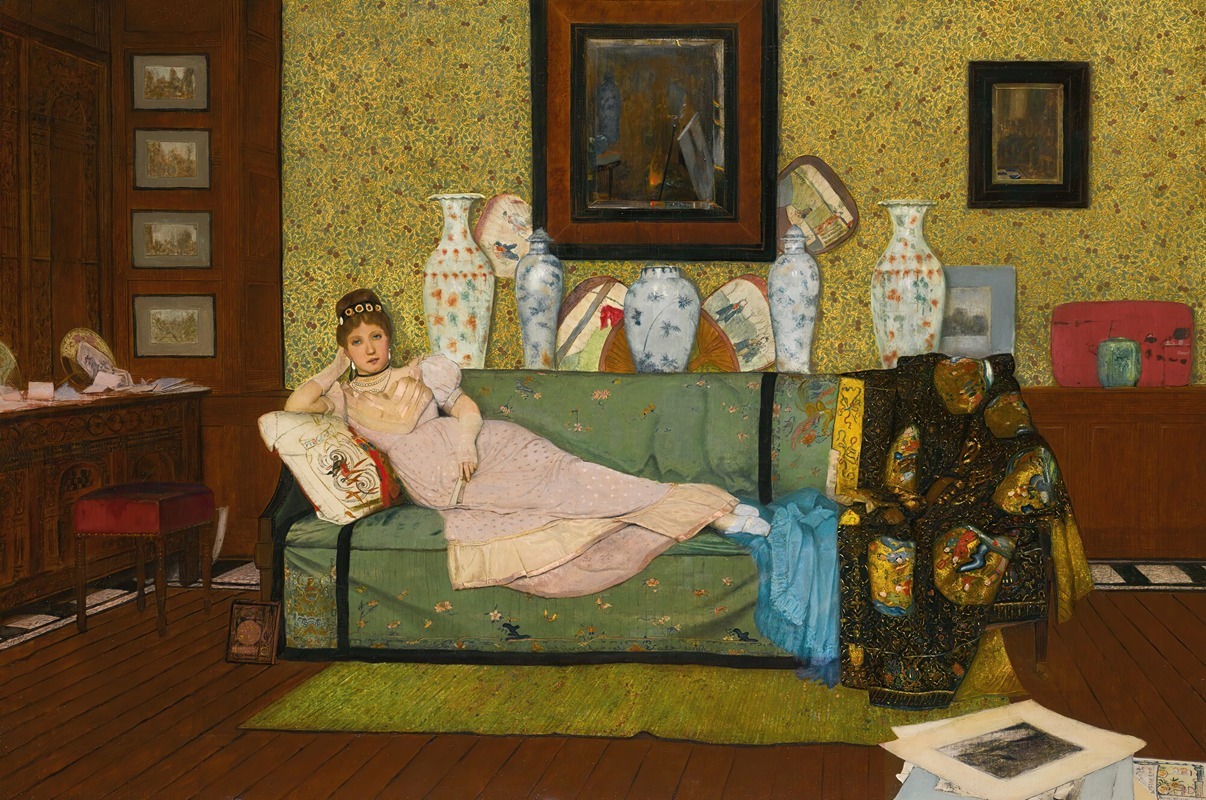
A Reverie, In The Artist’s House
A hand-painted replica of John Atkinson Grimshaw’s masterpiece A Reverie, In The Artist’s House, meticulously crafted by professional artists to capture the true essence of the original. Each piece is created with museum-quality canvas and rare mineral pigments, carefully painted by experienced artists with delicate brushstrokes and rich, layered colors to perfectly recreate the texture of the original artwork. Unlike machine-printed reproductions, this hand-painted version brings the painting to life, infused with the artist’s emotions and skill in every stroke. Whether for personal collection or home decoration, it instantly elevates the artistic atmosphere of any space.
John Atkinson Grimshaw was a renowned British painter known for his evocative and atmospheric landscapes, particularly those depicting urban scenes at twilight or night. One of his lesser-known works is "A Reverie, In The Artist’s House." This painting exemplifies Grimshaw's unique ability to capture mood and atmosphere, a skill that made him a significant figure in Victorian art.
Grimshaw was born in Leeds, England, in 1836, and he initially worked as a clerk for the Great Northern Railway before pursuing a career in art. He was largely self-taught, and his work was heavily influenced by the Pre-Raphaelite Brotherhood, which emphasized attention to detail, vibrant colors, and complex compositions. Grimshaw's paintings often feature a meticulous attention to light and shadow, creating a sense of mystery and introspection.
"A Reverie, In The Artist’s House" is a testament to Grimshaw's fascination with light and mood. The painting depicts an interior scene, which is somewhat atypical for Grimshaw, who is more commonly associated with exterior landscapes and urban scenes. However, this work still carries his signature style of capturing the ethereal quality of light. The painting portrays a quiet, contemplative moment, likely set in the artist's own home, as suggested by the title. The use of light in the painting is particularly noteworthy, as Grimshaw was adept at using it to evoke a sense of time and place, often imbuing his works with a dreamlike quality.
The composition of "A Reverie, In The Artist’s House" is carefully constructed to draw the viewer into the scene. Grimshaw's use of color is subtle yet effective, with a palette that enhances the tranquil and reflective mood of the painting. The attention to detail in the furnishings and the play of light across surfaces demonstrate Grimshaw's skill in rendering texture and atmosphere.
Grimshaw's work was highly regarded during his lifetime, and he enjoyed considerable success. His paintings were popular among the Victorian middle class, who appreciated his ability to capture the beauty and mystery of the urban environment. Despite his success, Grimshaw remained somewhat of an enigmatic figure, rarely participating in the art community or exhibiting his work in major galleries.
Today, Grimshaw's paintings, including "A Reverie, In The Artist’s House," continue to be celebrated for their atmospheric qualities and technical precision. His work is held in various public and private collections, and he is considered one of the leading figures of the Victorian art scene. Grimshaw's ability to convey mood and emotion through his masterful use of light and color ensures that his paintings remain timeless and evocative, resonating with audiences even more than a century after they were created.






